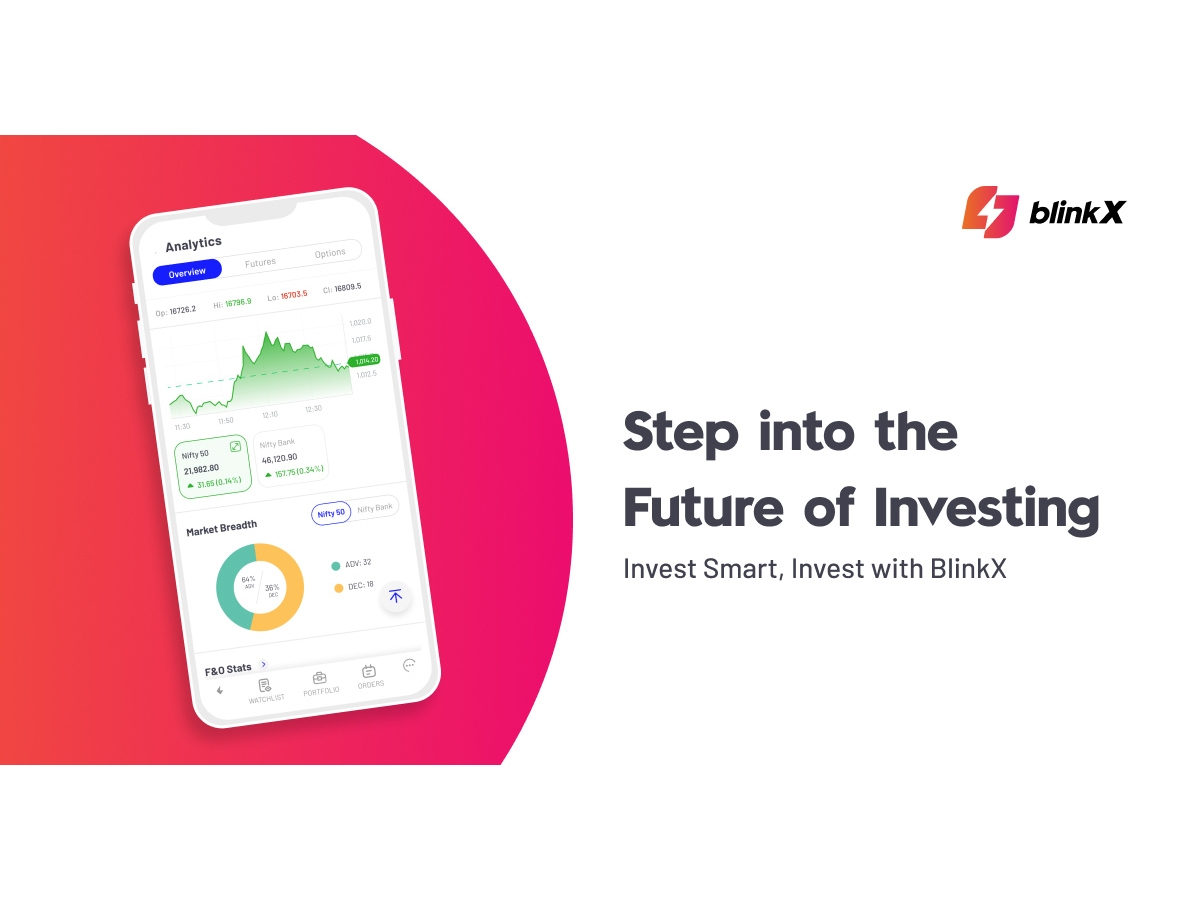Retail inflation eases slightly to 6.44% in February; milk, cereals up

NEW DELHI: India’s retail inflation eased marginally to 6.44% in February after three-month high of 6.52% in January. Consumer prices continued to be above the Reserve Bank of India’s so-called tolerable limit of 6% for two straight months, official data from released by the government on Monday showed.
The food and beverages inflation index, which has been elevated due to extreme weather and global headwinds, stood at 6.26% during the month against 6.19% in January, signaling continued price pressures on basic items, especially cereals.
Inflation globally has hit the highest levels in decades, with Russia’s invasion of Ukraine, effects of China’s lockdown and supply disruptions pushing up prices of everything, from energy to food, squeezing households, including in India.
Also read: Four charts which capture the inflation situation in India
In December, India’s consumer inflation cooled to a year’s low of 5.72% before climbing back up.
Here’s how retail prices moved in some common household categories :
Cereal prices rose 16.73% in February, against a 16.12% rise in January. Growth in egg prices eased to 4.32%, against 8.78% in the previous month. Inflation in milk and milk products came in at 9.65%, compared to 8.79% in January. Clothing and footwear inflation was at 8.79%, compared with 9.08% a month ago. Fuel and light inflation stood at 9.9% in January against 10.84% in January
Higher inflation could result in another hike in borrowing rates by RBI, analysts said. The Reserve Bank of India (RBI) raised the benchmark repurchase rate by a widely anticipated quarter point to 6.50% in February, keeping its monetary policy focused on taming sticky core inflation, a measure that strips out volatile items such as food and fuel costs.
Central banks typically raise the repo rate – the interest rate at which commercial banks borrow money by selling their securities to the Reserve Bank – to shrink money supply in the economy.
Lower interest rates make for easy borrowing and businesses typically borrow to invest in new economic activities. Therefore, more cash supply increases inflation because more money chases fewer goods, since money supply can be increased overnight, but not purchasable goods, which need considerable time to produce.
As the interest rate at which banks borrow goes up, retail loans such as personal loans, auto loan, home loan get costlier.





